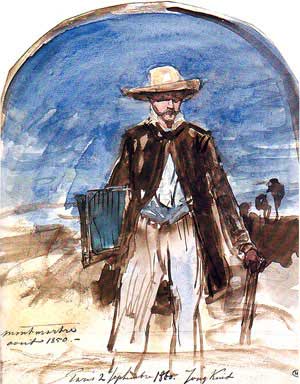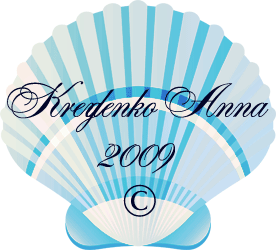Johan-Barthold Jongkind
(1819-1891)

Johan-Barthold Jongkind was born in Lattrop, in the eastern part of The Netherlands, in 1819. In 1835, he left school to work as a junior clerk at a notarial office. After his father’s death in 1836, he moved to The Hague to attend drawing classes at the Academy of Arts. In 1845, his talent was noticed by Eugene Isabey, the leader of the French Romantic School, who was in The Netherlands and invited him to become his student in his Paris studio. At the same time Jongkind was recommended to the Prince of Orange who gave him grants so that he could go to Paris (this grant ended in 1852). Jongkind arrived in Paris in 1846. He worked in the studio of Isabey, and studied in the studio of Picot. He also got acquainted with many painters, especially Barbizon School's painters. Then Jongkind set up a new way of working: outdoors, he drew quick water colored sketches. After his mother’s death in 1855, Jongkind came back to Holland and lived in Rotterdam, where he returned to more traditional paintings. He returned to Paris in April of 1860 and lived in France to the end of his life. Soon, he became acquainted with the Dutch painter, Mrs Josephine Fesser, who he fell in love with and whom he married soon. In 1862, Jongkind got acquainted with Boudin and Monet, who he went painting to Le Havre with. Monet later wrote that Jongkind had become his master. The franco-prussian war of 1870 drove Jongkind and Mrs Fesser far from Paris. In 1873, he exhibited his painting "Moonlight in Rotterdam" at the Salon, and he expected a medal for that picture. Since it was rejected, he decided not to exhibit works at the Salon. A year later, he refused to take part in the 1st Exhibition of the Impressionist group. Gradually, he settled down in 1878 in a small village near Grenoble, where he died in 1891. Johan-Barthold Jongkind is buried near Grenoble, in France, in the local cemetery.

